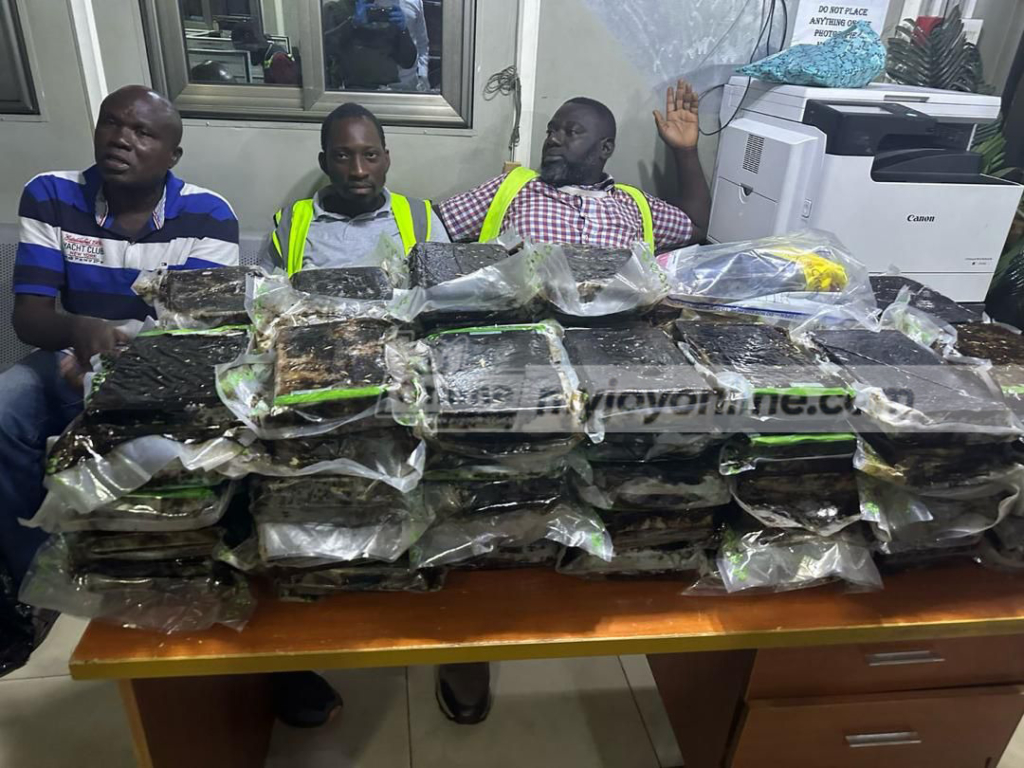Over the past four years, the Kwabre East Municipal Assembly in the Ashanti Region has demolished at least 20 structures built illegally on waterways.
These buildings were not only unauthorized and unpermitted but also blocked the natural flow of water, increasing the risk of flooding during heavy rains. The demolitions are part of efforts to prevent future disasters and promote safer, more resilient communities.

According to engineers and physical planning officials, some residents begin construction without considering the dangers of building in high-risk areas or seeking professional advice. This lack of planning has exposed several communities to flooding, erosion, and other environmental problems.
Despite the well-known risks that floods pose to both lives and property, some developers in the municipality continue to build on waterways further worsening an already hazardous situation.
Municipal Development Control Engineer, Abubakar Alhassan, said the consequences of such developments increase risk of floods and erosion can no longer be ignored. He stated that the municipality has made significant efforts to address the issue by targeting structures built on waterways. “For the past four years, we’ve demolished not less than 20 buildings [constructed] on waterways,” he said.

He mentioned communities like Bosore, Turba, Asenua, Medoma among others as areas where these demolitions have taken place, serving as a warning to others against building in such locations.
Engr. Alhassan added that once a structure is spotted on a waterway, action is taken immediately to demolish it. “The moment we see somebody developing on a waterways, we demolish it instantly. We activate the demolish act on both on waterways and road to make sure people do not built on road or waterways.”
Meanwhile, the Municipal Director of Physical Planning, Jonas Kwame Bonah, explained that although the assembly has a solid development plan on paper, enforcement faces major setbacks. Chief among them is interference from political figures and some traditional leaders, which affects the work of planning officers and engineers.
“By the time you realize, the chiefs are there selling those portions to developers to develop. We try our best to ensure that those developments are halted,” he said.
“The challenges that we are facing current are the interference of politicians and chiefs. When you stop someone from development, the person will stop today but the time you realise the person has raise up the structure,” Engr Abubakar added.
Both officials say they remain committed to ensuring that flood-prone areas are protected and that illegal structures are dealt with swiftly to save lives and reduce disaster risks.
DISCLAIMER: The Views, Comments, Opinions, Contributions and Statements made by Readers and Contributors on this platform do not necessarily represent the views or policy of Multimedia Group Limited.





















